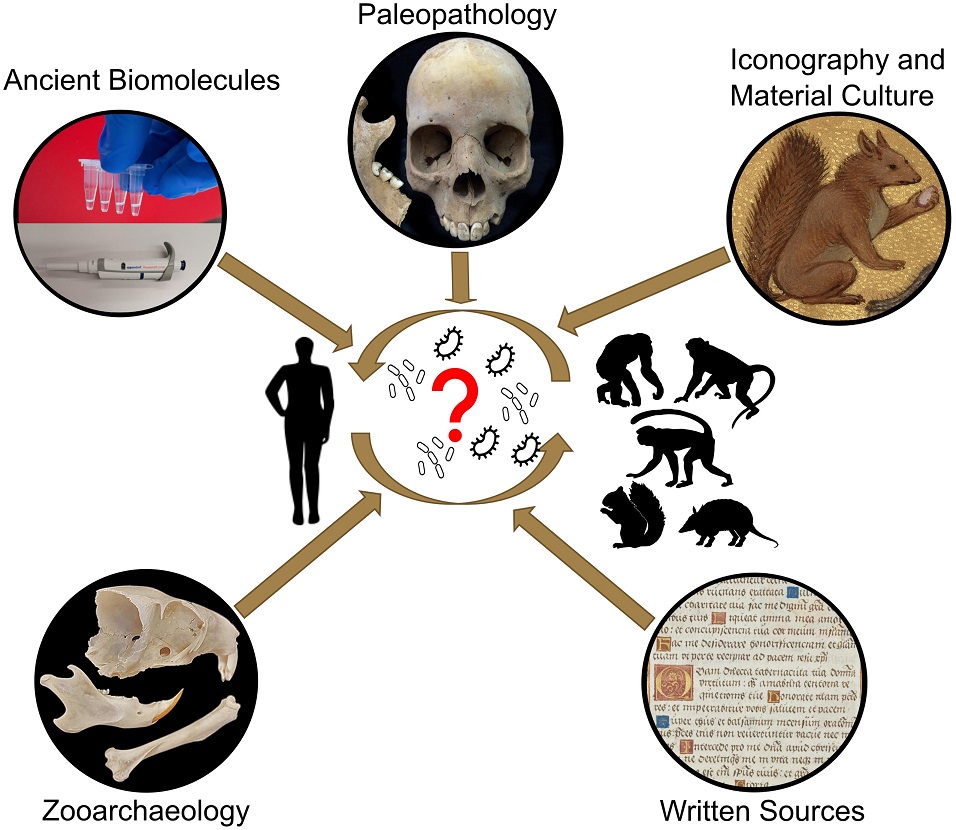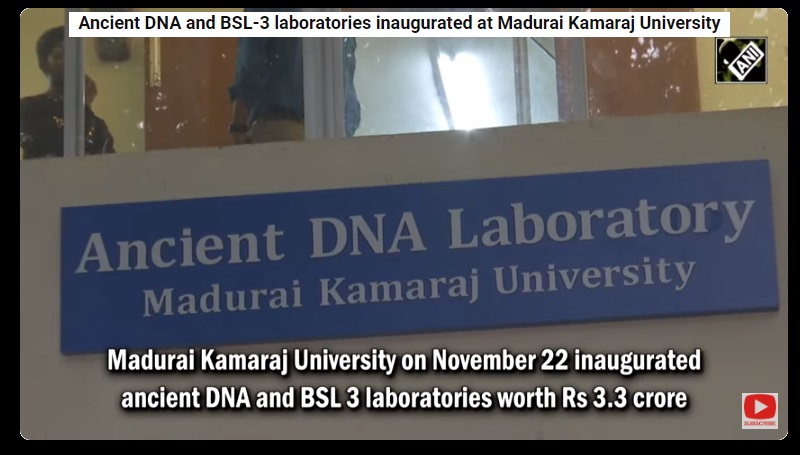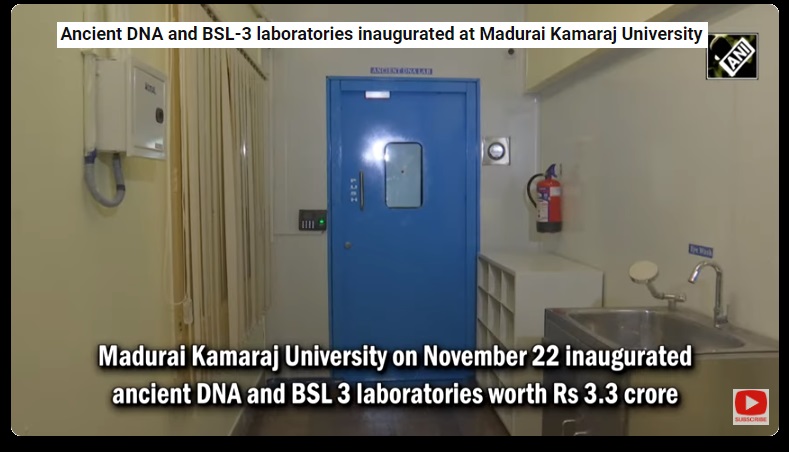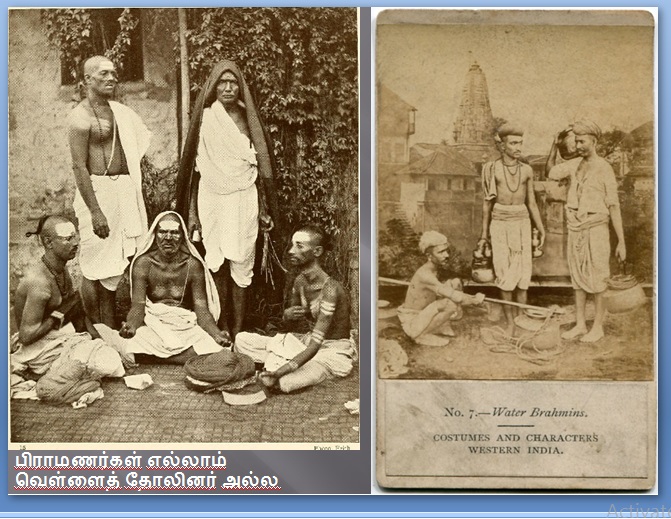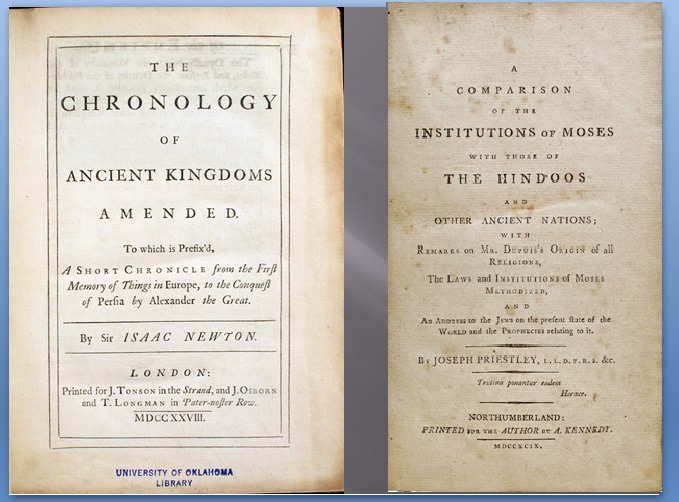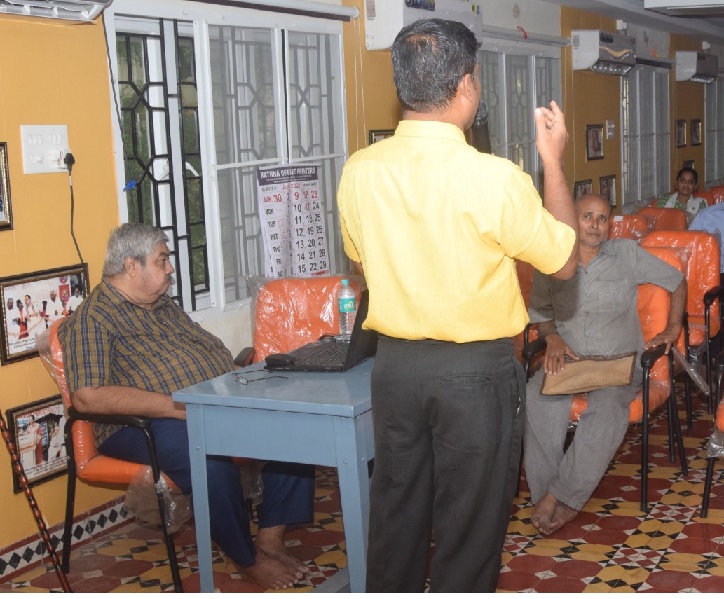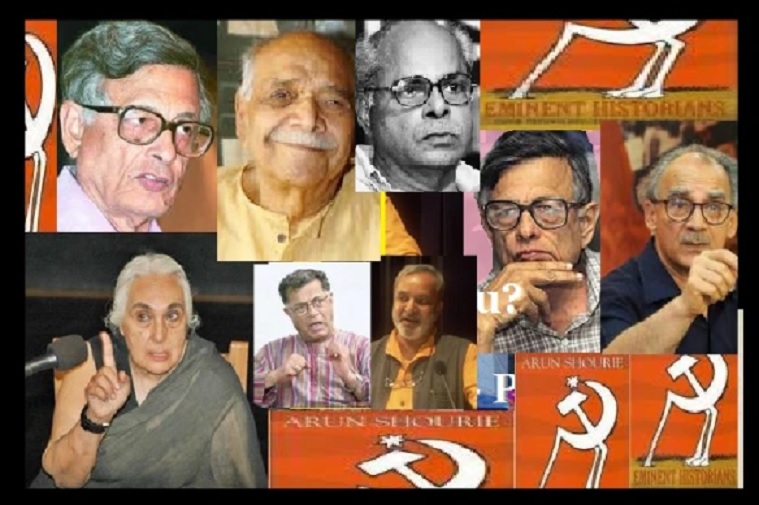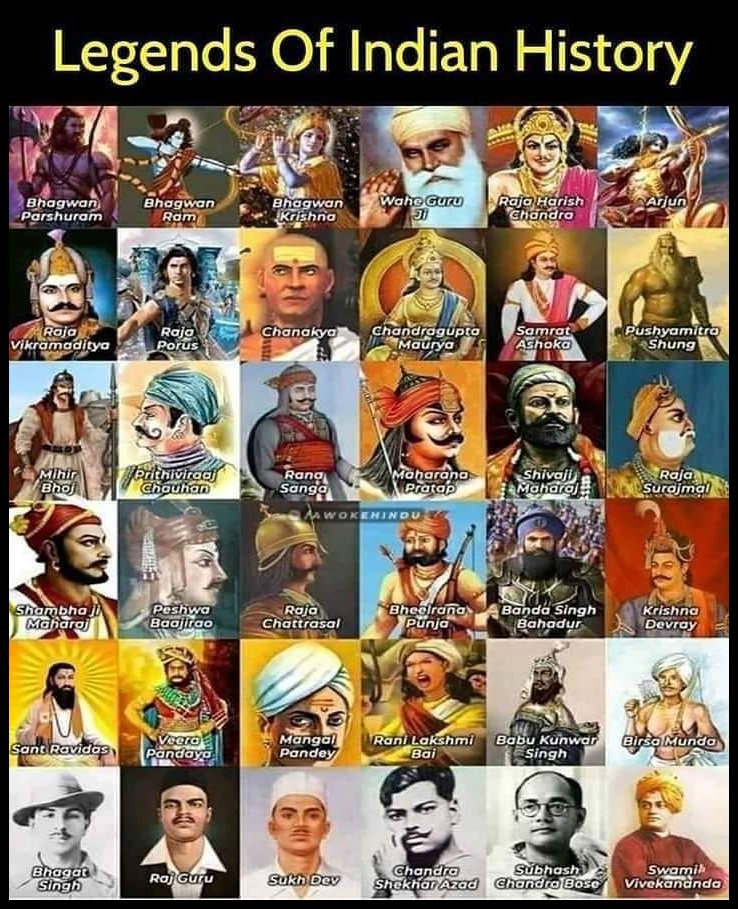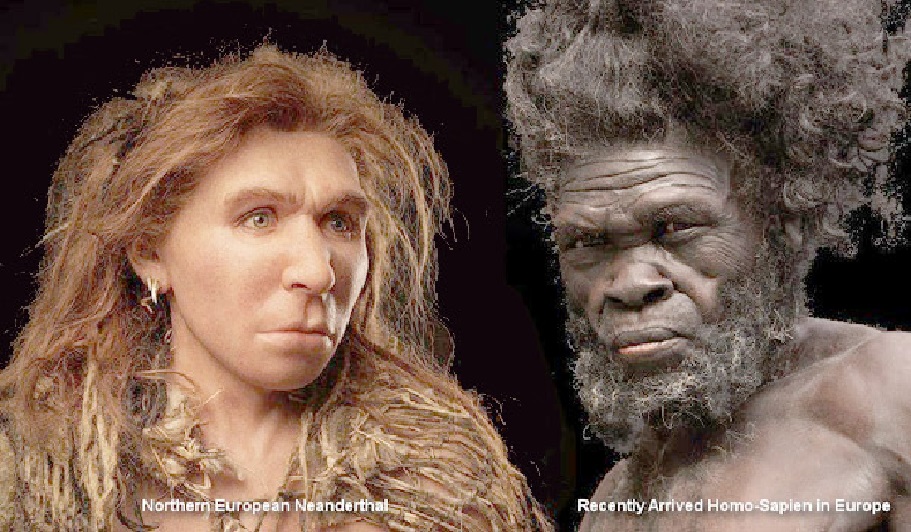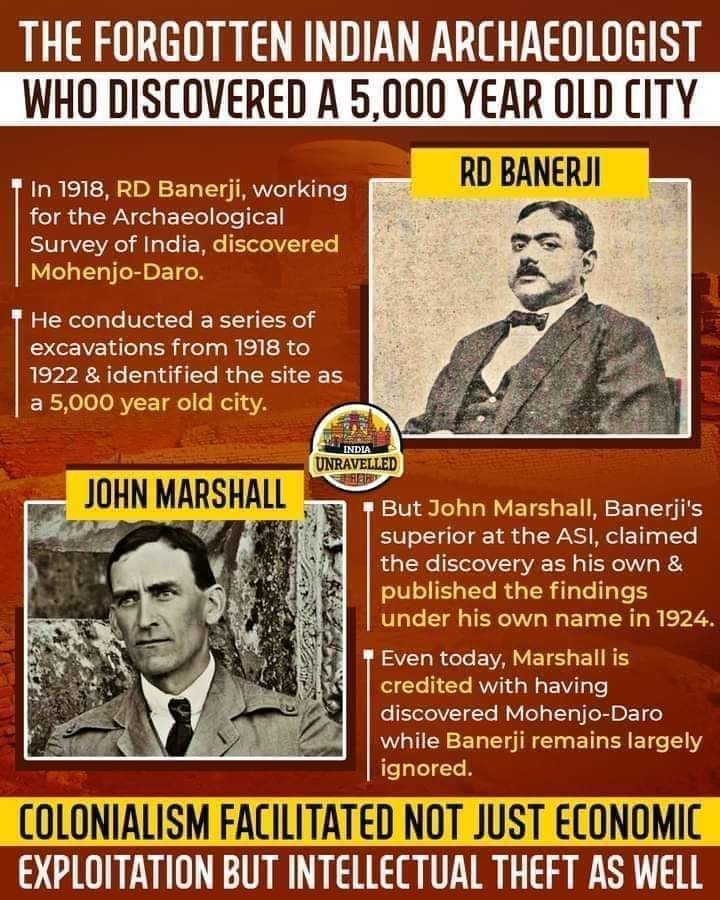Antiquity and Peopling of the Deccan – an Ancient DNA approach – RUSA project – from Archaeology to Technology, but moving to race (4)

The claim of Industrialized Urban civilization: The Keeladi related news, reports and related papers published papers mentioned about “Industrialized Urban civilization.” It is evident that to compare and equate with the IVC, this type of overstated claims are made. In fact, when they claim what the civilization was about “Industrialized,” what types of industries were there, tools and machinery used, goods manufactured, workers and experts engaged etc., the related details have to be explicitly provided. Similarly, for the status of about “Urban,” also just like IVC, they have to produce evidence of town planning, plumbing, drainage system etc,. With a few examples, they cannot jump to a conclusion and finalize that the Porunai River civilization[1] was as much or more civilized than that of IVC[2]. One has to prove how most of the civilized processes of the people were industrialized i.e, mechanized using specific apparatus, instruments, gadgets, appliances, tools, machines, machinery etc., just verbose would not help to prove such status during 1000 BCE or 2000 BCE.

How to read IVC signs with Tamizhi?: Sangam, Sangam literature, Sangam era, Sangam civilization and such other terms and expressions are repeatedly and interchangeably used in the news, reporting and other narratives. But, they forget the implications of script, language and literature.
- All the IVC signs, symbols, pictograms etc., should be equated with Tamizhi and read accordingly.
- When they believe or accept the “Out of Africa” theory, then, all the migration including from the Central Asia have to be correlated with the Sangam period.
- As pointed out Pichappan pointed out three migrations of “Dravidians” into India.
- When the internal evidences of the literature point to certain dates and chronology, based on these datings, they cannot be pushed back to such dates, as literary factors do not co-operate.

Position about the race of the people as on April 2023: It may be noted that the forensic bio-archaeological investigations conducted by experts G Pathmanathan, Raghavan Pathmanathan, and T Satyamurthy, on the 169 skeletons collected from Adichanallur, have implied that three major racial groups –
- Caucasoid,
- Mongolriver 3,200 years ago. The Chief Minister said that it was confirmed by AMS carbon dating which was done abroad, and
- Negroid (Australoid) — may have existed in Adichanallur[3].
As per FORDISC analysis[4], some skeletons reflect mixed racial traits and very few of them display similarities with the contemporary Tamil ethnic group, they said.
The racial affinities of skeletal remains recovered from Adichanallur have been further classified into –
- 30% Mongoloids,
- 35% Caucasoids,
- 16% Negroids,
- 6% Australoids,
- 8% ethnic Dravidian, and
- 5% mixed trait populations[5].
They published a paper in 2010, in which they briefed[6], “Adichanallur, a remote village situated near Thirunelvelli city in Tamil Nadu (South India), lies near Tutucorin harbor. It has a long and continuous history of human occupation, including a three-tier prehistoric cemetery covering an area of slightly more than 200 acres. It is one of the largest and the oldest early Iron Age cemeteries of South Asia. The recent excavation (2004-06) of this site by the Archaeological Survey of India has yielded primary burials of 85 human skeletons placed in a squatting position in giant, monochrome or dual-coloured clay urns. This paper discusses the geology of the site and the cranial morphology, with a focus on the racial affinities, of the recovered skeletons.” Meanwhile, a reply from the Department of Archaeology said genomic studies are underway at the Ancient DNA Laboratory in Madurai Kamaraj University (MKU) in association with Harvard University’s David Reich Lab. Thus, the experts under the guise of genetics or DNA, again going back to old race and racial classification.

Why more emphasis is given to race?: Thus, it is evident that the experts involved appeared to have more bothered or worried about the race question of the people rather than other factors.
- FORDISC is a software program created by Stephen Ousley and Richard Jantz. It is designed to help forensic anthropologists investigate the identity of a deceased person by providing estimates of the person’s size, ethnicity, and biological sex based on the osteological material recovered.
- In 2012 research was presented at the 81st Annual Meeting of the American Association of Physical Anthropologists, which concluded FORDISC ancestry determination was not always consistent, and the programs’ recommended acceptance criteria did not separate correct and incorrect determinations.
- The authors concluded that the program does not perform to expectations and should be used with caution.
So naturally, the question arises – why the whole research is directed towards race, when the historians categorically deny that there is no race. Of course, as pointed out elsewhere, the UN also passed a resolution condemning race throes that were pseudoscientific. Now also using scientific methods, laboratory and other technologies, the research is directed to determine the race of the people. So again, the blood, oesteology, craniometry, morphology etc., are measured only with different or modern terminology, but the same old concepts.
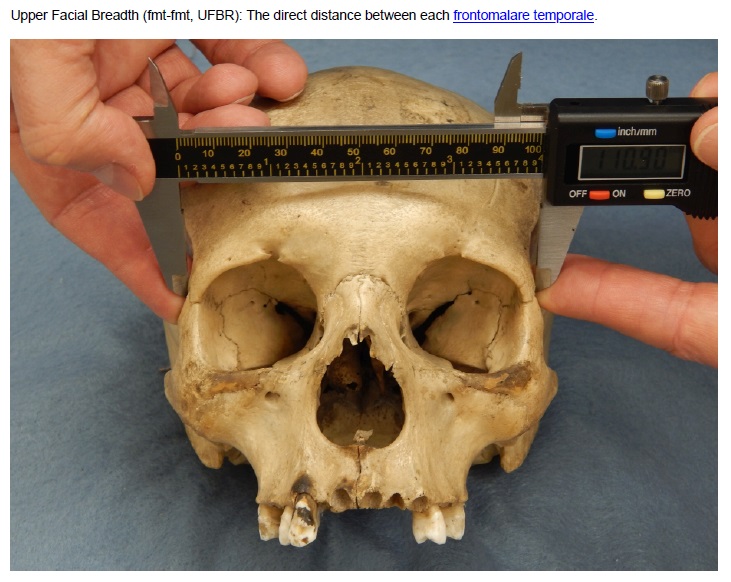
National seminar on Reflections on Cultural Development – An Archaeological Perspective November 2023: The Department of Archaeology conducted a national seminar on Reflections on Cultural Development – An Archaeological Perspective on November 23 and 24, 2023 on the occasion of Muthamizh Arignar Kalaignar Centenary celebrations at Madurai. The proceedings were also published in which the paper, “Ancient Genomic Investigation of the Archaeological Human, Animal, Plant and Microbial Remains from Tamil Nadu, India” authored by some 23 experts[7] including Kumaresan Ganesan, Sivanantham Ramalingam, and Rajan K. However, about the dating of the biological samples, they have not committed anything categorically. The rough or relative dates already given are repeated with the tag, “Of these, about 35 samples predominantly from Kondagai, and Adichanallur were identified to have potential skeletal remains to proceed further for extracting ancient DNA and being investigated at the dedicated ancient clean lab facility established at Madurai Kamaraj University.” The proceedings of the seminar can be viewed and listened to from this video[8]. R. N. Pichappan stuck to his topic on 23-11-2023, “Birth place of Dravidians Linguistic and NRY[9] study.” Though, he started with the assertion that “Dravidian” is a linguistic, cultural transformation and subdivided gene group, he proceeded to racial connotation.

“Dravidians” came from Africa and some settled down in western ghats.
- Dravidian originated in Tamil Nadu / Western Ghats
- By demic expansion, dispersed to Northern India
- Central Asia arrival restricted the Dravidian to pockets in North India – language replacements.
This is how he concluded. So “Dravidians” came from Africa, and settled down at the western ghats. By demic expansion (demic = characteristic of or pertaining to a people or population), the expanded to Northern India i.e., went out of India. Then, again they entered from Central Asia, thus found at some pockets in North India and then, finally settling down in Tamilnadu.
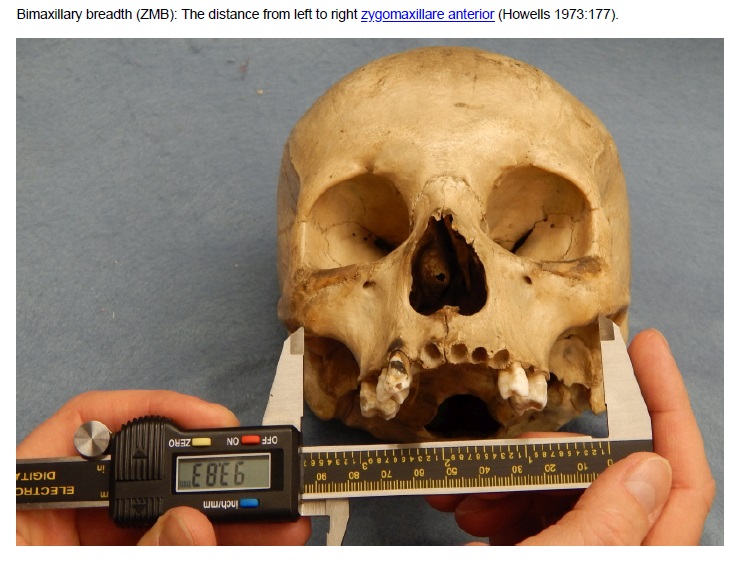
Genetic studies and dating: As the genetic experts directly or indirectly follow the same old method and principles of race etc, they also faithfully take the C-14, TL and other dating of the objects associated with the organic remains and construct a table as follows:
| Dating method | Material dated | Age range dated |
| Carbon-14 to nitrogen-14 (radiocarbon) | Organic remains, archaeological artefacts | Up to 60,000 years ago |
| Luminescence | Tephra, loess, lake sediments | Up to 100,000 years ago |
| Fission track | Tephra | 10,000 to 400 million years ago |
| Potassium-40 to argon-40 | Volcanic rocks | 20,000 to 4.5 billion years ago |
| Uranium-238 to lead-206 | Volcanic rocks | 1 million to 4.5 billion years ago |
With this, the Paleolithic, Mesolithic, Neolithic, Megalithic and related metallic cultures are also studied. Without any definiteness about the “monogenetic” or “heterogenetic” origin of the human race, the genetic experts debate about “Out of Africa” or European Neanderthal. Even the disease-related studies boil down to eugenics and race leading to an old problem.
- Men cannot be made as mere samples or subjects for their vested and interested studies and research.
- The pharmaceutical laboratories have been using African and Asian people for their drugs and formulations.
- The Corona period also revealed how the loopholes in the research laboratories could play havoc. Now, the side effects of vaccine are discussed.
- Therefore, connected experts should have patience and not to interpret the data and information to divide people.
- Science and technological men and machines should be useful to humanity and world peace.
© K. V. Ramakrishna Rao
20-06-2024
[1] Director, Porunai River Civilization (in Tamil), Tamilnadu State Archaeology Department Chennai, 2021.

[2] The Chief Minister of Tamil Nadu, MK Stalin told the state assembly on September 9, 2021, that the paddy and soil that came out of an urn unearthed during an excavation in Sivakalai in the Tuticorin district in the state has confirmed that civilization had flourished on the banks of Porunai or Thamirabarani y US lab Beta Analytic. As per the historians, the graffiti found in the Indus Valley Civilization and the one encountered in South India is about 80% identical. It suggests that there may be some form of linguistic connection between the Indus Valley Civilization, South India, and Sri Lanka.
[3] Indian Express, Archaeologists compare DNA samples to affirm Adichanallur early inhabitants were ancestors of present populace, S Godson Wisely Dass, Updated on: 30 Apr 2023, 6:49 am.
[4] FORDISC is a software program created by Stephen Ousley and Richard Jantz. It is designed to help forensic anthropologists investigate the identity of a deceased person by providing estimates of the person’s size, ethnicity, and biological sex based on the osteological material recovered.
[5] https://www.newindianexpress.com/states/tamil-nadu/2023/Apr/30/archaeologists-compare-dna-samples-to-affirmadichanallur-early-inhabitants-were-ancestors-of-present-populace-2570626.html
[6] Pathmanathan, R., Pathmanathan, G., Satyamurthy, T., & Talwar, I. (2010). Secrets of a Cemetery: The Geology and Forensic Skeletal Biology of the Ancient Maritime People of Adichanallur, Tamil Nadu. Quaternary Australasia, 27(1), 2-7.
[7] G. Kumaresan et al, Ancient Genomic Investigation of the Archaeological Human, Animal, Plant and Microbial Remains from Tamil Nadu, India, in Reflections on Cultural Development – An Archaeological Perspective , Tamil Nadu State Department of Archaeology, 2023, pp.177-206.
[8] IN COMMEMORATION OF THE CENTENARY CELEBRATION OF MUTHAMIZH ARIGNAR KALAIGNAR NATIONAL SEMINAR .4, https://www.youtube.com/watch?v=IiMTfAjUR94
[9] Along ∼95% of its length the Y chromosome is male-specific and effectively haploid, since it is exempt from meiotic recombination. Therefore, this Y-chromosome segment where X-Y crossing over is absent has been designated as the non-recombining region of the Y chromosome or NRY.

Filed under: Aryan, australoid, blood, caucasoid, chromosome, chronology, Dramila, Dravida, Dravidam, dravidar, Dravidi, Dravidian, dravidian model, dravidian monkey, dravidian stock, forensic, forensic anthropologist, forensic anthropology, forensic expert, Forensic Medicine, gender, gene, genetic studies, genetic stutudies, genetics, genography, geo-archaeology, geoarchaeology, indus script, indus symbol, indus valley, mesolithic, micro fossil, micro-fossil, micro-organism, microfossil, migration, mongoloid, nationalism, nationality, negroid, objectivity, Oesteology, ontology, paleobotanical research, paleolithic, paleontology, phylogeny, prehistoric sites, race, racialism, racism, Sangam literature, science, script, sectarian, tamil, Tamil Brahmi, tamil chauvinism, tamil monkey, tamil sectarianism, tamil separatism, tamili, tamilnadu, tamizhi, technology, Veda, Vedas, White city, xenophobia | Tagged: acharya nagarjuna, anthropology, archaeology, arya, aryan, aryan blood, aryan invasion, aryan myth, aryan problem, aryan race, aryanism, australoid, bio-genetics, blood, blood hypothesis, blood theory, casta, caste, caucasoid, Dramila, dravid, Dravida, Dravidam, dravidan, Dravidar, Dravidi, Dravidian, dravidian model, dravidian race, dravidian stock, dravidianism, Dravidians, eugenetics, gene, genetic studies, genetics, history, India, mongoloid, negroid, pure race, race, racialism, racism, travel | Leave a comment »


